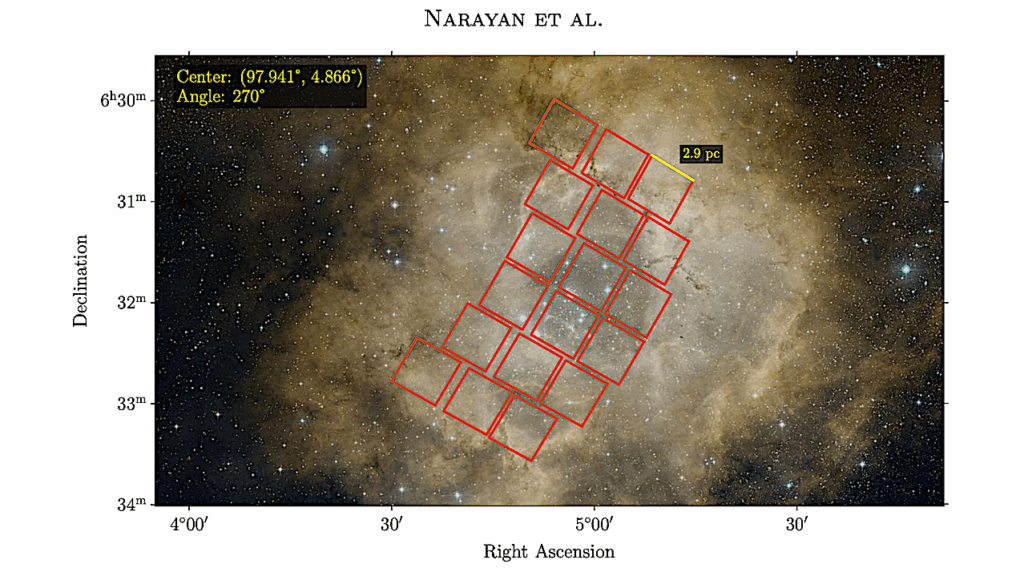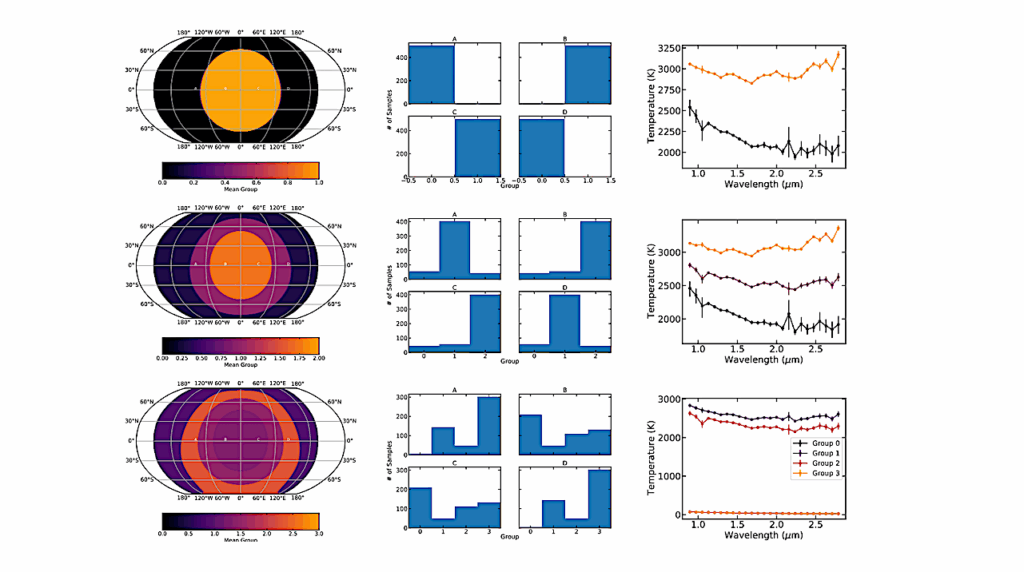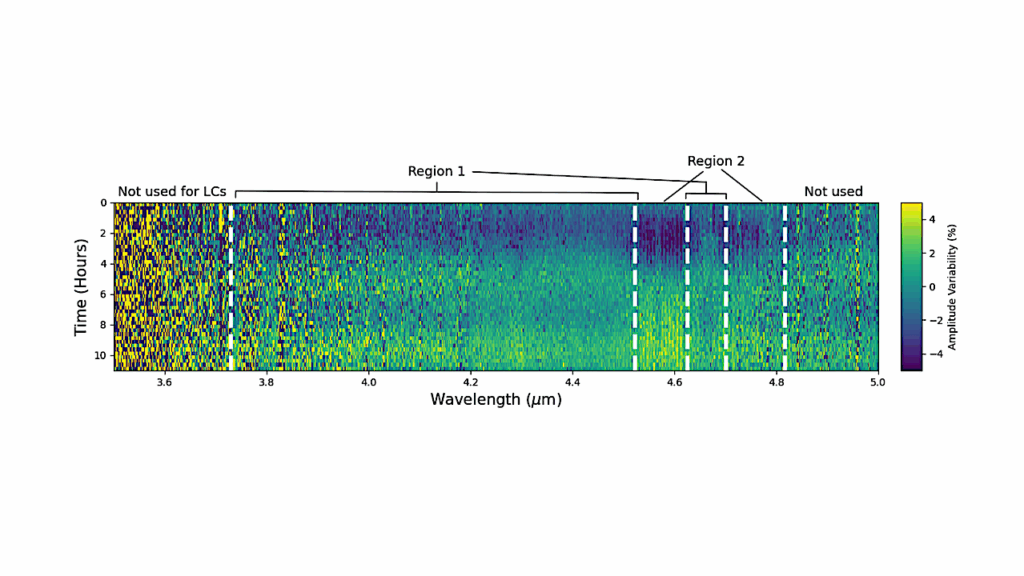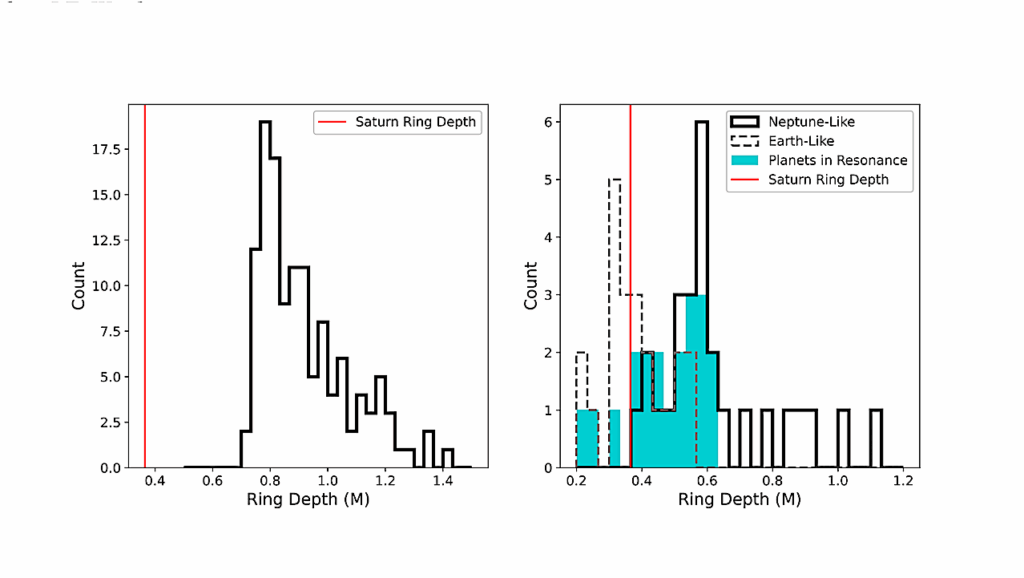Dynamical Viability Assessment for Habitable Worlds Observatory Targets
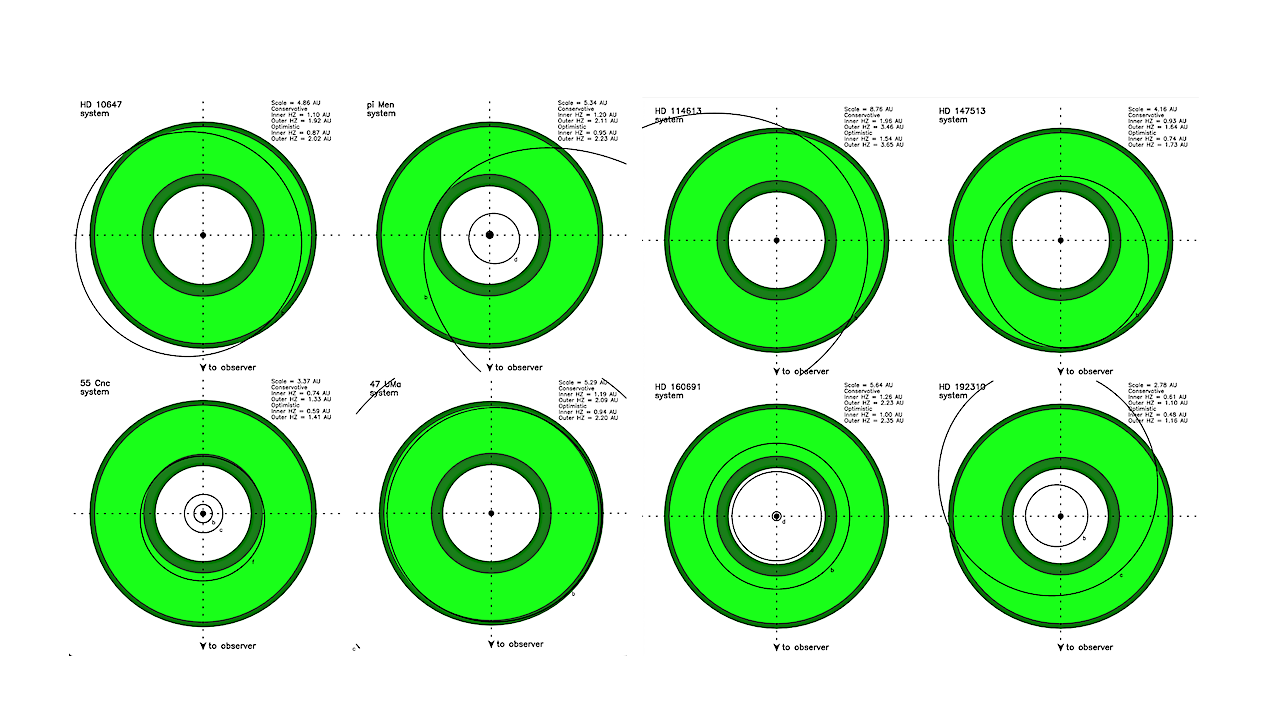
Exoplanetary science is increasingly prioritizing efforts toward direct imaging of planetary systems, with emphasis on those that may enable the detection and characterization of potentially habitable exoplanets.
The recent 2020 Astronomy and Astrophysics decadal survey recommended the development of a space-based direct imaging mission that has subsequently been referred to as the Habitable Worlds Observatory (HWO). A fundamental challenge in the preparatory work for the HWO search for exo-Earths is the selection of suitable stellar targets.
Much of the prior efforts regarding the HWO targets has occurred within the context of exoplanet surveys that have characterized the stellar properties for the nearest stars. The preliminary input catalog for HWO consists of 164 stars, of which 30 are known exoplanet hosts to 70 planets. Here, we provide a dynamical analysis for these 30 systems, injecting a terrestrial planet mass into the Habitable Zone (HZ) and determining the constraints on stable orbit locations due to the influence of the known planets.
For each system, we calculate the percentage of the HZ that is dynamically viable for the potential presence of a terrestrial planet, providing an additional metric for inclusion of the stars within the HWO target list.
Our analysis shows that, for 11 of the systems, less than 50% of the HZ is dynamically viable, primarily due to the presence of giant planets whose orbits pass near or through the HZ. These results demonstrate the impact that known system architectures can have on direct imaging target selection and overall system habitability.

HZ and planetary orbits for four of the systems in our sample: HD 10647 (top-left), HD 39091 (pi Men; top-right), HD 75732 (55 Cancri; bottom-left), HD 95128 (47 Uma; bottom-right). The orbits are labeled by planet designation. The extent of the HZ is shown in green, where light green and dark green indicate the CHZ and OHZ, respectively. — astro-ph.EP

HZ and planetary orbits for four of the systems in our sample: HD 114613 (top-left), HD 147513 (top-right), HD 160691 (bottom-left), HD 192310 (bottom-right). The orbits are labeled by planet designation. The extent of the HZ is shown in green, where light green and dark green indicate the CHZ and OHZ, respectively. — astro-ph.EP
Stephen R. Kane, Zhexing Li, Margaret C. Turnbull, Courtney D. Dressing, Caleb K. Harada
Comments: 15 pages, 6 figures, 2 tables, accepted for publication in the Astronomical Journal
Subjects: Earth and Planetary Astrophysics (astro-ph.EP); Instrumentation and Methods for Astrophysics (astro-ph.IM)
Cite as: arXiv:2408.00263 [astro-ph.EP] (or arXiv:2408.00263v1 [astro-ph.EP] for this version)
Submission history
From: Stephen Kane
[v1] Thu, 1 Aug 2024 03:40:16 UTC (997 KB)
https://arxiv.org/abs/2408.00263
Astrobiology



